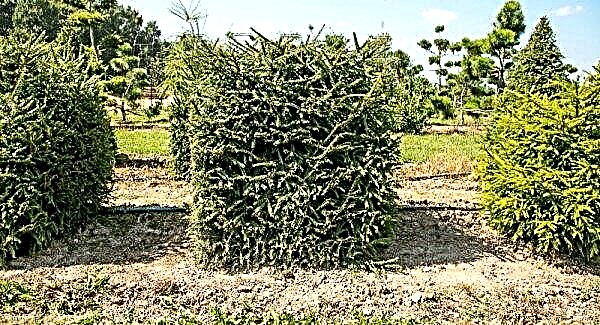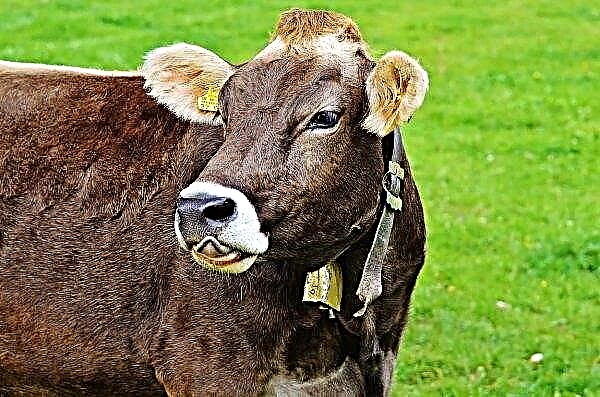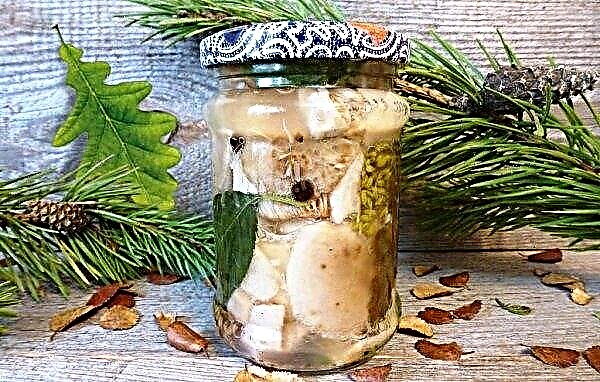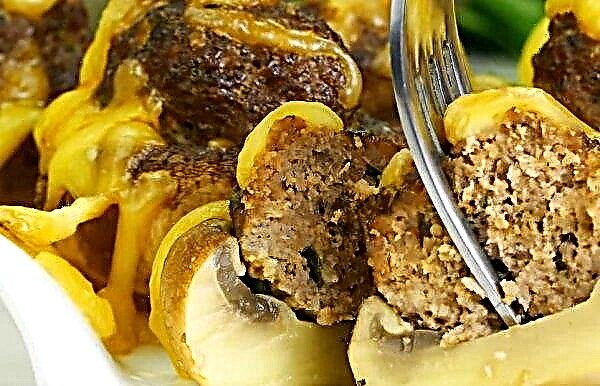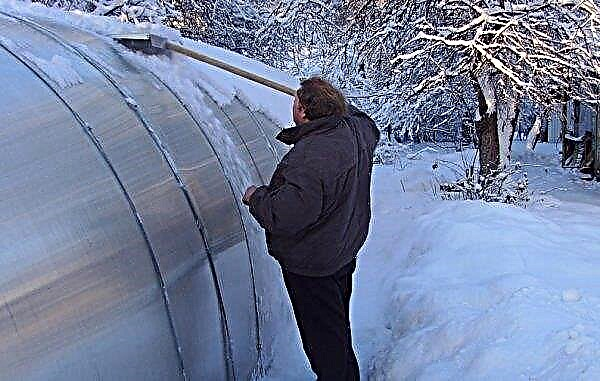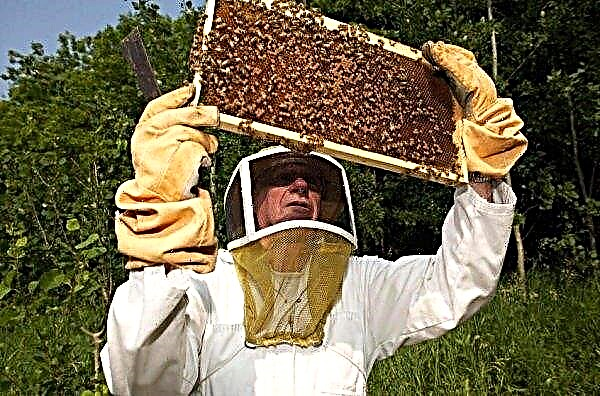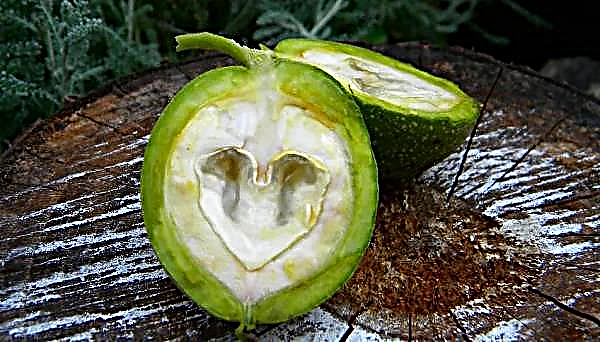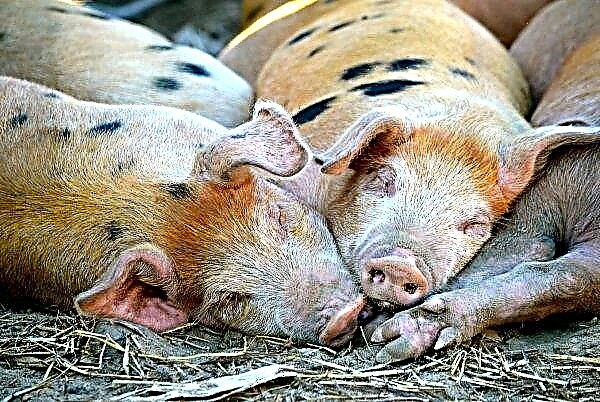Flower nectar processed by bees is the most popular healing product that nature gives us. But you need to figure out when it will serve as a medicine and will bring undoubted benefit, and when it becomes harmful or even forms poisons. You will find answers to these questions in our material.
Is it possible to put honey in boiling water?
Next, we will examine whether it is possible to put honey in hot water and whether such a drink will bring benefit or harm, and whether substances hazardous to the body are also released. To find answers to these questions, you need to deal with substances in the composition of honey and the reactions that occur with them when heated.
Having studied the processes with substances in the product under the influence of temperatures, some scientists, such as V. A. Temnov and V. G. Chudakov, whose books are recommended as textbooks, and the Bulgarian researcher Mladenov Stoimir, concluded that when heated above + 60 ° C occurs:
- destruction of enzymes and proteins;
- loss of essential oils and antimicrobial agents;
- the formation of hardly soluble salts and precipitates;
- the formation of oxymethyl furfural (OMF);
- the disappearance of flavor - the product turns into an ordinary mixture of sugars.
 The opposite point of view is shared by the famous beekeeper V. Straw. In his book “A Word About Honey”, he analyzes the time of product quality change based on the spectrophotometric research method of 1993 by J. White.
The opposite point of view is shared by the famous beekeeper V. Straw. In his book “A Word About Honey”, he analyzes the time of product quality change based on the spectrophotometric research method of 1993 by J. White.The main indicator of the quality of honey is the enzyme diastase (amylase), which promotes the decomposition of starch. Depending on the temperature, this indicator decreases by half:
- temperature + 30 ° С - in 200 days;
- temperature + 60 ° С - for 1 day;
- temperature + 80 ° С - in 72 minutes.
From this we can conclude that, taking into account both time and temperature, the loss of product quality will be negligible. Regarding aromatic losses, volatiles evaporate to fill the air with their odors, working like aromatherapy. The argument about the formation of oxymethyl furfural (OMF) when heating honey also requires close consideration.
The argument about the formation of oxymethyl furfural (OMF) when heating honey also requires close consideration.
The content of OMF according to GOST 19792 and SanPiN 2.3.2.1078-01 (paragraph 1.5.6) should not exceed 25 mg / kg, the European standard allows 40 mg / kg, and for regions with a hot climate - 80 mg / kg, since carbohydrates begin to decay already in the combs in the apiary.
Heating honey to + 50 ° C causes slight changes in the amount of OMF, but at temperatures above + 60 ° C it increases. The excess of OMF can be determined by caramel flavor.
There are two points of view about the dangers of OMF:
- It is a carcinogen and causes cancer.
- The presence of OMF in the product is not dangerous for humans, since in other food products its amount significantly exceeds the standard amount of OMF for honey (information from the Institute for the Study of Honey in Bremen).
 The content of OMF (mg / kg) in food products is given below based on data from researchers from the Czech Republic and Norway:
The content of OMF (mg / kg) in food products is given below based on data from researchers from the Czech Republic and Norway:- instant coffee - 91.3-3060;
- coffee beans - 262-547;
- prunes - 237, raisins - 5;
- jam - 4.5–159;
- dark beer - 13.3;
- honey - 0.34 (the maximum permissible norm is 25);
- brown bread - 0.06-0.14.
But reassuring about such frightening facts may be that OMF experts refer to potential carcinogens, that is, to suspicious substances whose ability to form tumors in humans and animals has not been proven.Important! Every day, a person without dieting along with food receives 5–10 mg oxymethyl furfural,
 From all of the above it follows that drinking tea with honey is useful, possible and necessary, but it is better not to pour it with boiling water, but wait until it cools down a little - in this case, the honey drink will retain all the beneficial properties and aroma.
From all of the above it follows that drinking tea with honey is useful, possible and necessary, but it is better not to pour it with boiling water, but wait until it cools down a little - in this case, the honey drink will retain all the beneficial properties and aroma.Benefit
The beneficial properties of honey are presented in a biological form close to the body, which makes it easy to assimilate and effectively use the product. After analyzing the chemical composition, we can conclude about the benefits of each component.
80% of honey consists of carbohydrates, which are mainly represented by fructose and glucose, which are easily and completely absorbed by the body and provide the nutritional value of the product — 304 kcal per 100 g. The energy value of a flower product is comparable to meat and fatty cheeses, where energy is released during breakdown fats. The composition of some trace elements corresponds to their composition in human blood.
The composition of some trace elements corresponds to their composition in human blood.
- Together with the presence of vitamins and macronutrients, they have the following effect:
- antibacterial and antifungal - due to the natural antibiotic that bees produce;
- the presence of vitamin B2, B6, pantothenic and folic acid, which are biostimulants, can raise the tone of the body;
- the presence of fructose allows diabetics to take the product, and copper improves the metabolism of carbohydrates;
- the content of iron (especially in buckwheat honey), copper and cobalt contributes to the treatment of anemia;
- antiviral and anti-inflammatory properties help with colds, and volatile products have a beneficial effect on the respiratory tract;
- has a positive effect on the gastrointestinal tract, improving digestion;
- calcium improves the condition of the bone skeleton and teeth;
- Manganese helps with atherosclerosis and obesity.
When applied topically, honey improves the condition of the skin and hair. The skin acquires a healthy appearance, and the hair - shine and softness.
Did you know? The ancient Greeks and Romans kept meat in honey to protect them from spoilage. Honey never molds, unlike other products.
Harm and possible danger
- Along with the healing properties, mention should also be made of contraindications, harm and possible danger when using honey and ways to overcome possible negative consequences:
- allergic reactions - most often the allergy manifests itself in beekeeping products or on plants from which honey was taken. Children under three years old are not recommended to include them in the diet;
- calorie - high calorie product with uncontrolled consumption can cause the development of obesity and diabetes;
- damage to tooth enamel - dentists recommend rinsing your mouth after use;
- individual intolerance to the product - is rare.

To what temperature can the product be heated?
The formation of oxymethylfurfural depends on the time and temperature of heating:
- Heating the product to + 42 ° C ... + 50 ° C does not cause a significant change in the quality composition and increase the amount of oxymethyl furfural above the norm. And at a temperature of + 18 ° С ... + 20 ° С this substance is partially deactivated.
- When heated to + 80 ° C for, say, two minutes, followed by cooling, oxymethylfurfural also does not reach the limit standards.
- Prolonged heating at temperatures above + 50 ° C leads to a change in properties and loss due to the destruction of some vitamins and protein structure of enzymes.
- It is impossible to bring to a boil and boil honey.
If the product has thickened, which occurs during crystallization, then you can transfer it into a smaller container by melting in a water bath. A temperature of up to + 40 ° C is safe, and it is enough to melt a candied product, which has a low melting point.Did you know? When collecting honey from plants containing poisonous nectar and pollen (for example, rhododendron), a poisonous or "heady" product is obtained.

When does honey lose its beneficial properties?
Honey can lose its beneficial properties in the following cases:
- during prolonged storage in unsuitable conditions - you need a dark place and temperature not higher than + 20 ° C;
- at high humidity - moisture penetration leads to fermentation;
- from unsuitable storage tank material - the container must be wooden, glass or ceramic.
Important! With an increased water content in the product and in warm weather, honey fermentation occurs, and it becomes liquid, loses its specific taste and acquires an acidic taste.
How to use honey without losing beneficial properties?
To maximize the effect of consumption, a number of recommendations should be followed:
- Pure use of the product will bring more benefits, or it can be washed down and not diluted with water or tea.
- Hold the honey in your mouth until dissolved before swallowing.
- The product in honeycombs is more useful and is a natural immunomodulator.
- The sweetness of the product depends on the plants from which the nectar was collected. In sunflower, there is more glucose, in acacia, more fructose, which is three times sweeter than glucose.
- The acidity of the product also depends on the type of plants, which may increase over time - it is advisable to eat a product from sunflower earlier than linden or buckwheat.
- Honey pastries and porridge are healthier than the same dishes with sugar.
- Daily intake: for an adult - 4 tablespoons, for children over three years old - 1 tablespoon.

Important! The norm of the product depends on the state of health, physical activity, diet, individual needs.
Recommendations for healthy drinks
Strengthen the beneficial properties of honey will help additional products for the preparation of healthy drinks:
- drink with cinnamon and apple;
- a combination of raspberries (including frozen) with mint - a calming effect;
- strawberries, linden - strengthening immunity and the prevention of colds;
- spices (cinnamon, cloves, nutmeg) - a warming effect;
- ginger and lemon - a bactericidal and warming agent;
- a combination of raspberries, milk or cream - the treatment of nervous disorders and anemia;
- cherry - will bring sourness and replenish the amount of vitamins in the body;
- a combination of sea buckthorn, orange and spices - will cope with vitamin deficiency and joint diseases;
- rose hip - significantly increase the level of vitamin C.
 If you correctly take into account all the features of the use of honey and replace sugar in the diet with it, then this will help maintain and strengthen health, prolong youth and allow you to lead an active lifestyle.
If you correctly take into account all the features of the use of honey and replace sugar in the diet with it, then this will help maintain and strengthen health, prolong youth and allow you to lead an active lifestyle.



